



Moray | 1532
The Barony of Muirton is near Forres along the Findhorn River in Moray. Originally, it included Kinloss Abbey and its lands, and the burgh of barony of Findhorn. This is roughly the area from the ruins of the abbey, to Kinloss Golf Course, to the burgh of Findhorn and encompassing Kinloss Barracks on a modern map.
His eldest son Gilbert was married to Janet Reid, the sister of the Abbot. This family connection is probably what led to the Abbot enfiefing Robertson as his vassal.
The Abbey lands were confiscated in the wake of the Reformation. Edward Bruce, the nephew of Robert Reid, acquired much of the land and became Commendator in 1601. Muirton and the remaining lands of the abbey were formed into the Barony of Kinloss. Edward eventually became 1st Baron Bruce of Kinloss and Privy Councilor. In 1611 he was succeeded by his son Edward who was killed in a duel with Edward Sackville, Earl of Dorset in 1613. His brother, Thomas Bruce, succeeded him, and eventually became the 1st Earl of Elgin.
In 1712 Hugh Rose, 15th of Kilravock, and his wife Beatrix Cuthbert of Castlehill were granted a royal charter by Queen Anne. Beatrix was the daughter of John Cuthbert, 11th Baron of Castlehill. The Cuthberts were descended from ‘the kin of St. Cuthbert’ who settled in the area near Inverness in the 13th century. There was a long connection between these families, as the Cuthberts of Castlehill were descended from George Cuthbert, 1st of Castlehill, and his wife Marjory (Mary) Rose, daughter of the third Baron of Kilravock. The Roses of Kilravock have been the Chiefs of Clan Rose since 1460.
Kinloss Abbey: A fenced-off part of the ruined abbey… © 2010 nairnbairn (CC BY-SA 2.0)
this Hugh Rose hosted both ‘Bonnie’ Prince Charles and the Duke of Cumberland for dinner, two days apart, apparently hedging his bet on the outcome of the Jacobite rising of 1745. The Barony of Muirton then continued through a succession of Hugh Roses.
The current holder of the title, Dr. Richard Bruce Culbert, 32nd Baron of Muirton, is descended from the Bruces, the Cuthberts of Castlehill and the Roses of Kilravock, and is also related to the Robertsons and Abbott Robert Reid.
in Shakespeare’s historic play Macbeth. According to The Chronicle of the Kings of Alba, the body of King Dub (Duff) was hidden under a bridge over the Findhorn River after his murder.





Moray | 1532
The Barony of Muirton is near Forres along the Findhorn River in Moray. Originally, it included Kinloss Abbey and its lands, and the burgh of barony of Findhorn. This is roughly the area from the ruins of the abbey, to Kinloss Golf Course, to the burgh of Findhorn and encompassing Kinloss Barracks on a modern map.
Crown Charter signed by Queen Anne in 1712
His eldest son Gilbert was married to Janet Reid, the sister of the Abbot. This family connection is probably what led to the Abbot enfiefing Robertson as his vassal.
The Abbey lands were confiscated in the wake of the Reformation. Edward Bruce, the nephew of Robert Reid, acquired much of the land and became Commendator in 1601. Muirton and the remaining lands of the abbey were formed into the Barony of Kinloss. Edward eventually became 1st Baron Bruce of Kinloss and Privy Councilor. In 1611 he was succeeded by his son Edward who was killed in a duel with Edward Sackville, Earl of Dorset in 1613. His brother, Thomas Bruce, succeeded him, and eventually became the 1st Earl of Elgin.
Findhorn Bay Viewed from the Piers
In 1712 Hugh Rose, 15th of Kilravock, and his wife Beatrix Cuthbert of Castlehill were granted a royal charter by Queen Anne. Beatrix was the daughter of John Cuthbert, 11th Baron of Castlehill. The Cuthberts were descended from ‘the kin of St. Cuthbert’ who settled in the area near Inverness in the 13th century. There was a long connection between these families, as the Cuthberts of Castlehill were descended from George Cuthbert, 1st of Castlehill, and his wife Marjory (Mary) Rose, daughter of the third Baron of Kilravock. The Roses of Kilravock have been the Chiefs of Clan Rose since 1460.
Kinloss Abbey: A fenced-off part of the ruined abbey… © 2010 nairnbairn (CC BY-SA 2.0)
this Hugh Rose hosted both ‘Bonnie’ Prince Charles and the Duke of Cumberland for dinner, two days apart, apparently hedging his bet on the outcome of the Jacobite rising of 1745. The Barony of Muirton then continued through a succession of Hugh Roses.
The current holder of the title, Dr. Richard Bruce Culbert, 32nd Baron of Muirton, is descended from the Bruces, the Cuthberts of Castlehill and the Roses of Kilravock, and is also related to the Robertsons and Abbott Robert Reid.
in Shakespeare’s historic play Macbeth. According to The Chronicle of the Kings of Alba, the body of King Dub (Duff) was hidden under a bridge over the Findhorn River after his murder.
Arms of Abbott Robert Reid from the ruins of Kinloss Abbey







Contact
Forum for the Scottish Baronage, c/o Brodies LLP, Capital Square, 58 Morrison Street, Edinburgh EH3 8BP, Scotland UK
Copyright
Copyright 2022, Forum for The Scottish Baronage, as a collective work, all additional rights to content contributed and/or licensed contained herein are expressly reserved to such contributors and licensors as independently owned and protected copyrighted works.




